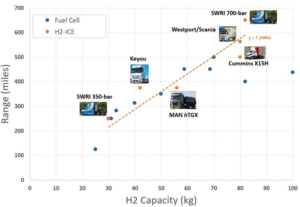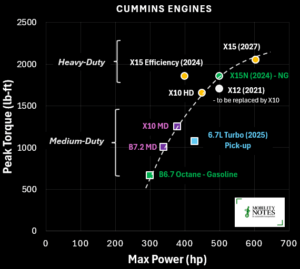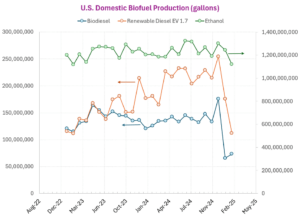Regulations
Real-world CO2 emissions from cars and vans in Europe greatly exceed WLTP values
First analysis of real-world data by the EU Commission highlights gaps between on-road and certification
Context
According to Regulation (EU) 2019/631, the EU Commission is tasked with monitoring the real-world fuel consumption from M1 (cars) and N1 (vans) vehicles, starting 2021.
For the first year, in 2021, real-world fuel consumption data was collected on cars and vans equipped with on-board fuel consumption monitoring devices (‘OBFCM devices’)
Data collected was compared with the laboratory test certification values measured on the WLTP lab certification test cycle.
Summary of the results is discussed here.
Sign up here to receive such summaries and a monthly newsletter highlighting the latest developments in transport decarbonization
5-Min Monthly
Sign-up to receive newsletter via email
Thank you!
You have successfully joined our subscriber list.
Recent Posts

Conference Summary – Hydrogen for Sustainable Mobility Forum
![]()
A summary of the “Hydrogen for Sustainable Mobility Forum” conference held in Turin.

Cummins new engines introduced and poised to meet MY2027 standards
![]()
A round-up of the recently announced engines which will meet the upcoming EPA MY 2027 standards.

Biodiesel and Renewable diesel production in the US hits a speedbump
![]()
Biodiesel and renewable diesel production in the U.S. has slowed down significantly in 2025. Here’s why.

